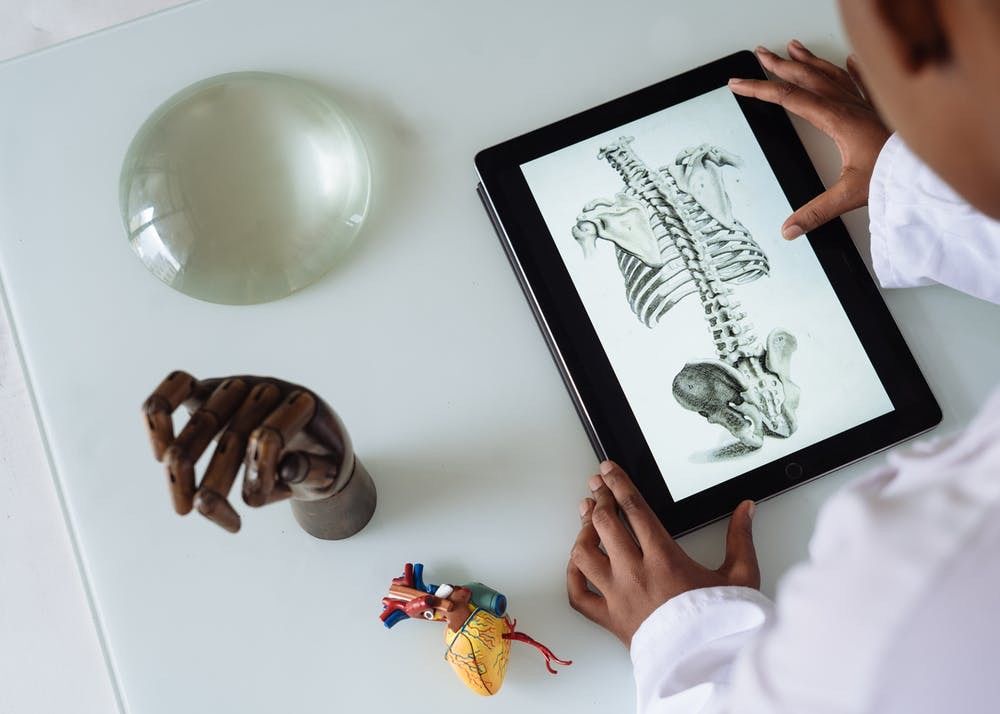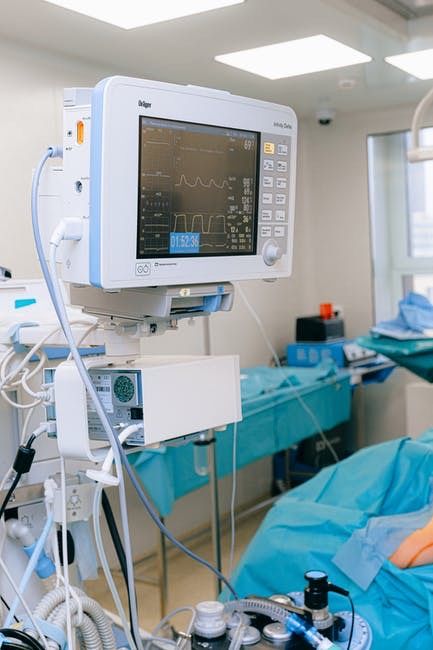Care Models
Health care is an ever-growing and evolving field. Traditional models of health care assume one-size-fits-all. Our work with care models seeks to reimagine the way VHA understands and delivers medical care. Our care model pilot projects seek to improve and maintain Veteran health through delivering the highest quality Veteran care, improving care outcomes, and enhancing the Veteran experience while receiving care. Care & Transformational Initiatives works with industry, academia, non-profit organizations, and other government agencies in its exploration of truly transformational initiatives.

When It Comes to Health Care, One Size Does Not Fit All

VA is committed to reducing heart failure (HF) readmissions
HF is a major health burden for Veterans and 80% of HF costs result from hospitalizations. In a pilot study at multiple VA Medical Centers, telemetry with a small wearable sensor accurately detected impending readmission for HF. LINK HF is the combination of remote cardiac monitoring with a predictive analytics algorithm to collect patient data and generate clinical alerts. A clinical response algorithm will suggest follow-up actions including medication changes and outpatient assessments for the Veteran. VHA hopes to implement LINK HF as this technology shows tremendous potential in VA environments and offers exciting opportunities to improve HF care and additional chronic conditions.
Podimetrics and their SmartMats exist to change the outcomes for Veterans prone to diabetic foot ulcers (DFUs)
The VHA Innovation Ecosystem began collaborating with Podimetrics to address the large number of foot amputations that result from DFUs, while also testing a care model that promotes telemedicine and improvements in health equity. SmartMats were designed and validated largely through Veteran-centric pilot programs. As a result of this collaboration, ending diabetes-related limb loss in the Veteran population is now within reach. Future pilot projects and implementations will continue to focus on finding pathways to improving Veteran health through new Veteran-care models.

Did you know? A Veteran who has developed their first Diabetic Foot Ulcer (DFU) faces a 5-year mortality rate of 43%.
Catching DFUs early can save limbs and lives. That’s why we launched the Initiative to End Diabetic Limb Loss (TIEDLLV). This initiative enrolls at-risk Veterans in a program that can detect DFUs up to five weeks before they would otherwise present. Today, TIEDLLV is seeing a near elimination of diabetic foot ulcers and major amputations. This video provides an overview of the End to Diabetic Limb Loss program and additional information including compelling patient testimonials.
